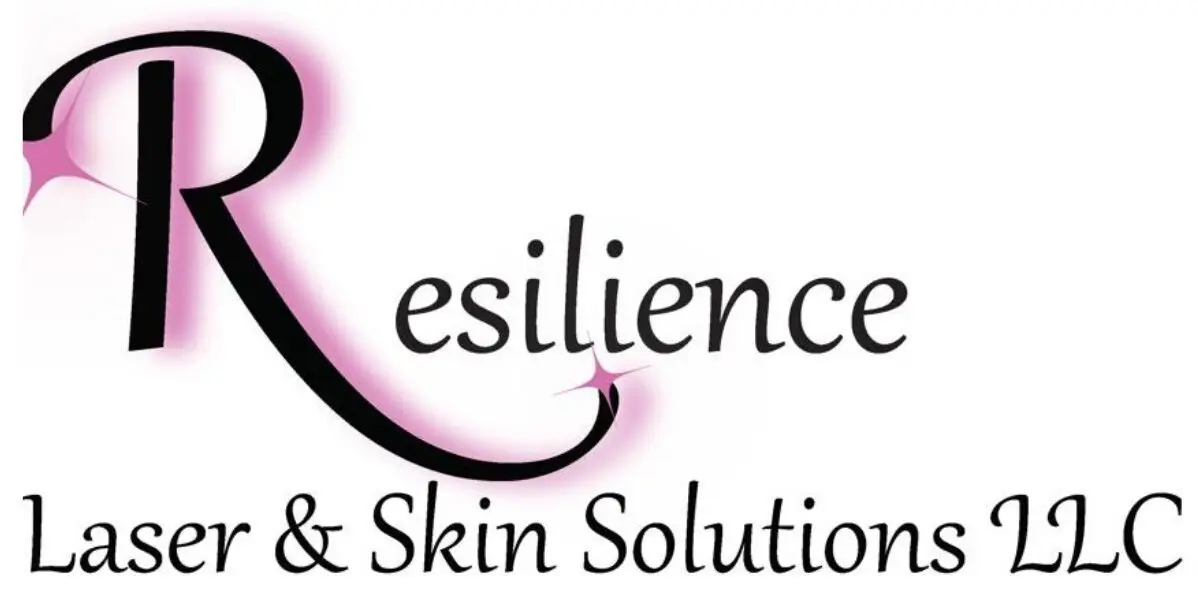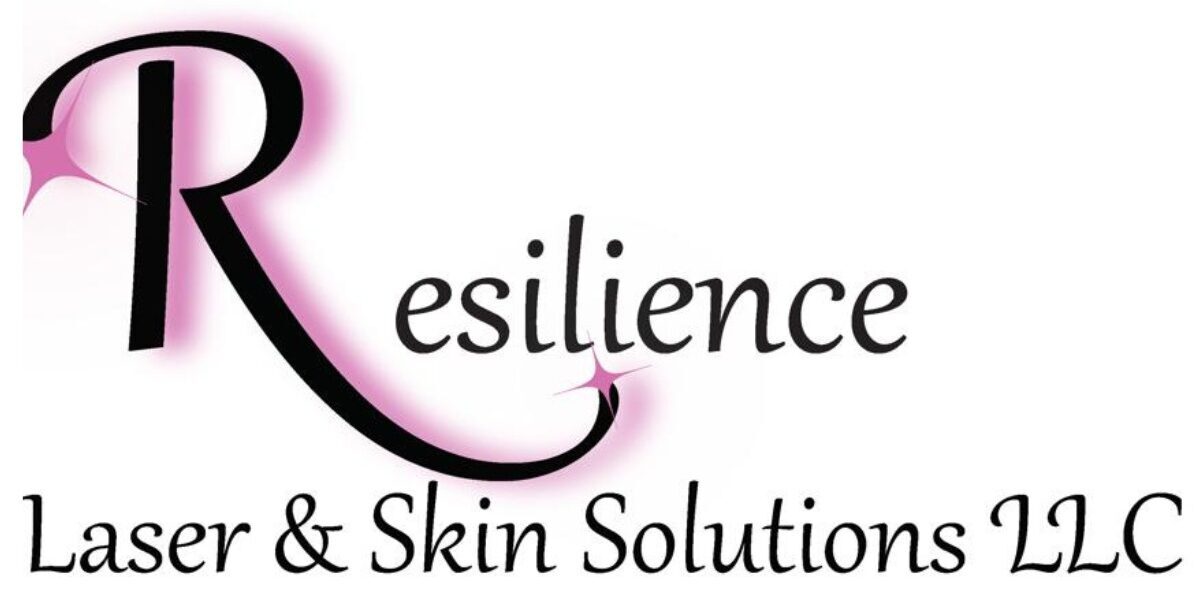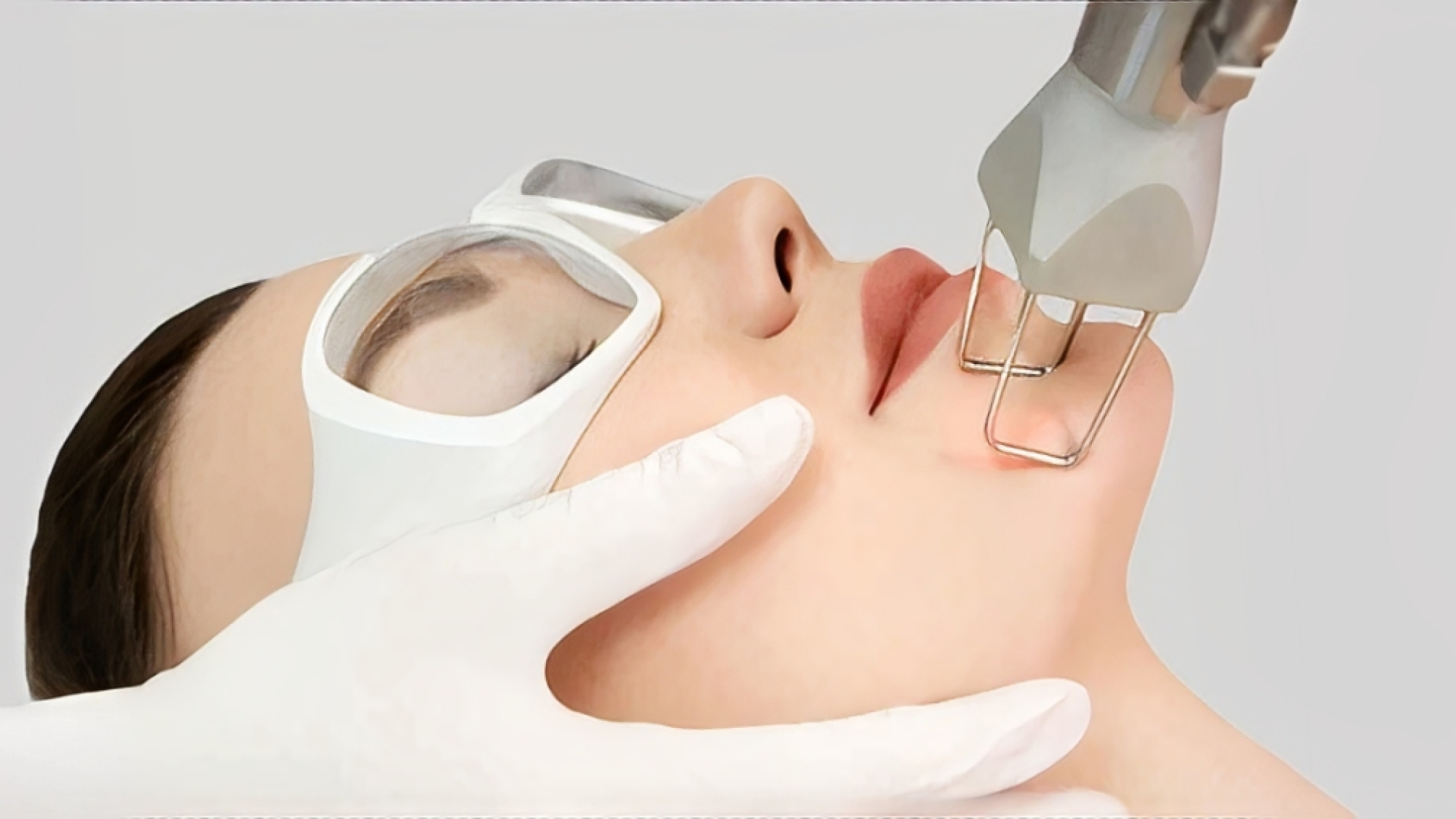The co 2 fractional laser is one of the most talked-about treatments in modern skincare. People look for it when they want smoother skin, fewer wrinkles, or help with scars. But what exactly is it? Is it safe? And what should you expect if you decide to try it? This guide breaks everything down in simple terms. First, we’ll go through the facts. Then, we’ll switch gears and talk about it like friends sharing real advice.
How CO₂ Fractional Laser Works
A CO₂ fractional laser is a skin treatment that uses focused light to create tiny columns of heat in the skin. These tiny spots are like controlled micro-injuries. When the skin heals from these spots, it produces new collagen. Collagen is the protein that keeps your skin firm, smooth, and youthful. The “fractional” part means the laser doesn’t hit the whole skin surface—it treats small parts while leaving the rest untouched. This speeds up healing.
In simple words: The laser makes tiny invisible wounds, your skin repairs them, and you end up with healthier, fresher skin.
What Are the Top Benefits?
The list of benefits is long. Here are the key reasons people choose CO₂ fractional laser:
- Smooths wrinkles and fine lines – Helps reduce crow’s feet, laugh lines, and forehead wrinkles.
- Improves skin texture – Makes rough skin softer and more even.
- Reduces acne scars – One of the best treatments for deep acne scars.
- Lightens dark spots – Helps with pigmentation and sun damage.
- Shrinks pores – Makes pores look smaller and less noticeable.
- Boosts confidence – When your skin looks fresh, you feel better about yourself.
So whether you’re 25 and fighting acne scars or 50 and chasing youthful skin, this laser could help.
Who Is It Best For?
Not everyone is the right match for CO₂ fractional laser. It’s usually best for people who have:
- Wrinkles or sagging skin
- Acne scars or surgical scars
- Sun-damaged skin
- Uneven skin tone
But it’s not always safe for darker skin tones. That’s because there’s a higher chance of hyperpigmentation (dark spots) after the procedure. A dermatologist can help decide if it’s safe for your skin type.
Risks, Side Effects & Safety Tips
Every skin treatment has some risks. Here’s what you should know:
- Redness and swelling – Common and usually go away within a week.
- Peeling – Your skin may peel as it heals.
- Dark or light spots – Temporary changes in skin color can happen.
- Infection risk – Rare, but possible if aftercare isn’t followed.
Safety tips:
- Choose a qualified doctor or licensed clinic.
- Don’t skip aftercare instructions.
- Avoid direct sun exposure before and after treatment.
Think of it like this: The better you care for your skin afterward, the better your results will be.
Preparing for Treatment
Before booking your session, here are steps to take:
- Consultation – Meet with a dermatologist or skin specialist.
- Skin check – Make sure your skin is healthy and free of infection.
- Avoid sun exposure – No tanning before the procedure.
- Stop harsh skincare – Put retinoids and strong acids on hold.
Preparation is half the battle. Going in with a solid plan makes recovery smoother.
Post-Treatment Aftercare
After the laser session, your skin will be sensitive. Think of it as a healing period. Here’s what you’ll need to do:
- Keep skin moisturized with a gentle cream.
- Use sunscreen every day.
- Avoid harsh skincare for at least 2 weeks.
- Stay away from the gym or saunas for a few days.
- Follow your doctor’s exact aftercare plan.
Many people say the first few days feel like a sunburn. But after a week, your skin starts to glow and look new.
Alternatives & Future Trends
CO₂ fractional laser is powerful, but it’s not the only option. Some alternatives include:
- Microneedling – Less downtime but also less dramatic results.
- Radiofrequency treatments – Good for skin tightening.
- Non-ablative lasers – Gentler but may need more sessions.
In the future, lasers may combine with new technologies to speed up healing and deliver medicines into the skin. The field is moving fast, and treatments keep getting better.
Real-World Costs & Experiences
The cost of CO₂ fractional laser can vary a lot. On average:
- $299–$599 per session in the U.S.
- Some clinics may offer packages for multiple sessions.
Experiences also differ. Some people see big results after one session. Others need two or three. Most say recovery is uncomfortable but worth it.
Frequently Asked Questions
How long do results last?
Results can last several years, especially if you protect your skin with sunscreen and healthy habits.
Is the treatment painful?
You may feel heat or stinging, but most doctors use numbing cream to make it easier.
How many sessions do I need?
It depends on your skin goals. Some people get one session, while others need three.
Can I go back to work right away?
Most people take a few days off because of redness and swelling.
Is it safe for dark skin?
It can be risky. Always check with a dermatologist to see if it’s right for your skin tone.
Conclusion
The CO₂ fractional laser is one of the best tools for renewing skin, reducing scars, and fighting signs of aging. It works by encouraging your skin to heal itself with new collagen. Like any strong treatment, it comes with risks, but with the right doctor and aftercare, results can be life-changing. If you’re thinking about it, do your homework, ask questions, and make sure you’re in safe hands. And if you want expert care, Resilience Laser and Skin Solutions is one place to trust for professional results.



Leave Your Comment